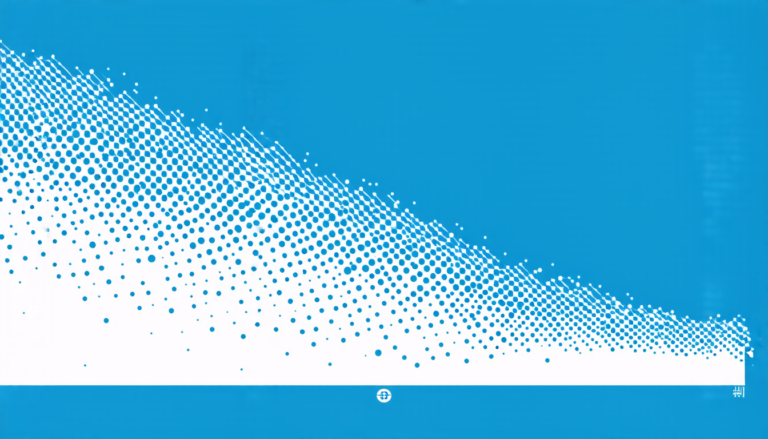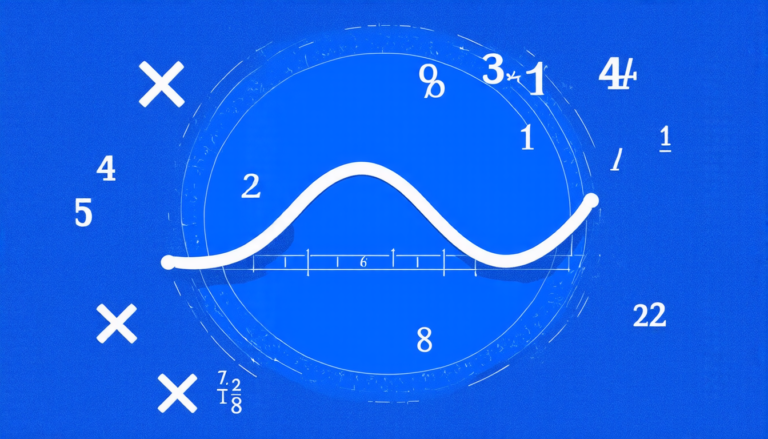Sunday 27 July 2025
A mathematicians’ quest for a precise bound on a fundamental concept in group theory has led to a surprising discovery that challenges our understanding of the relationship between two key measures.
Group theory is a branch of mathematics that studies the symmetries of objects, such as the rotational symmetry of a sphere or the reflection symmetry of a mirror. At its core is the concept of permutation groups, which describe how these symmetries act on sets of objects.
Two fundamental measures in group theory are the minimal degree and base size of a permutation group. The minimal degree is the smallest number of elements that must be moved by any non-identity element of the group, while the base size is the minimum number of points needed to generate all possible permutations. Researchers have long been interested in understanding the relationship between these two measures.
Recently, mathematicians Lorenzo Guerra and his colleagues from the University of Milano-Bicocca and Hun-Ren Alfréd Rényi Institute of Mathematics have made a significant breakthrough in this area. By studying special types of permutation groups called wreath products, they have shown that there is no upper bound on the product of minimal degree and base size.
In other words, for any positive integer ε, there exists a permutation group such that its minimal degree times its base size is greater than or equal to n^2 – ε, where n is the number of elements in the set being acted upon. This result has far-reaching implications for our understanding of group theory and its applications.
One of the most striking aspects of this discovery is its counterintuitive nature. Mathematicians have long believed that there was an upper bound on the product of minimal degree and base size, but the new result shows that this is not the case.
The researchers’ approach involved studying wreath products of permutation groups, which are constructed by combining smaller groups in a specific way. By analyzing these wreath products, they were able to derive the surprising result about the relationship between minimal degree and base size.
The implications of this discovery are still being explored, but it is clear that it will have a significant impact on our understanding of group theory and its applications. The researchers’ work has already opened up new avenues for further investigation, and it is likely that we will see many exciting developments in the field over the coming years.
Cite this article: “Challenging Conventional Wisdom: A Surprising Discovery in Group Theory”, The Science Archive, 2025.
Group Theory, Permutation Groups, Minimal Degree, Base Size, Wreath Products, Mathematics, Symmetries, Objects, Set Theory, Upper Bound.







